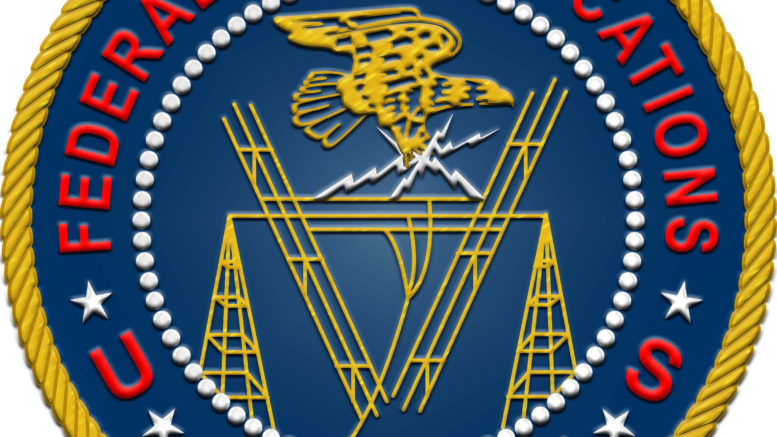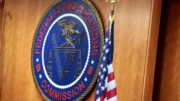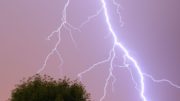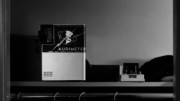Is it true? Is the FCC planning on buying back every broadcast license they can get their hands on, then auctioning the wireless space to eager mobile providers? As the Mythbusters say, call that one “PLAUSIBLE.”
According to this article at Ars Technica, that’s just what they are prepared to do. Even ten years ago as plans for HDTV were being finalized, it was impossible to know how important mobile data would be. It was also impossible to predict how precise digital TV tuners would be. So, when channels were allocated for the digital transition, a lot of empty space was placed between broadcast channels. Not only that, but large chunks of the RF spectrum was left empty after broadcasters finally shut off analog feeds for good.
In the meantime, demand for wireless data has exploded since 2007. While users of early smartphones were content to get text-based e-mails and simplified, graphic-free web pages, today’s wireless warriors demand real-time streaming video and an almost constant stream of tweets, status updates and checkins.
The result: there could be tons more room for wireless data, if it weren’t sitting there idle waiting for an explosion in broadcast TV that will never happen.
It’s an ambitious plan. The first step, had the FCC meekly asking broadcasters, “what would it take to give up your license?” For some, the price to get out cleanly will be fairly low. Low-power TV stations will likely give up quickly if 80-90% of their viewers reach them on cable or satellite. There was a time where a TV producer needed the credibility of an antenna signal but that time has passed. Other broadcasters may charge higher prices. Once it’s all said and done, the FCC will determine which licenses to buy back.
This won’t kill TV broadcasting. TV stations that want to keep broadcasting and can stay profitable doing so will keep on broadcasting. However, it gives an honest opportunity to those broadcasters who operate a transmitter just to keep past glories alive.
In the next step, there will be another channel re-allocation like the one that took place in the mid-2000s. Because of the PSIP system, all it will take for antenna users will be a simple channel scan. Cable and satellite users won’t have to do anything. Broadcasters will have to retool their broadcast facilities, and hopefully this will be a fairly slow process that can coincide with scheduled maintenance.
Most likely, the FCC will cluster all the remaining broadcasters into a relatively narrow range. The term used here is “repacking.” This will actually benefit the public as TV antennas can become more precision instruments, focused on a smaller bit of the airwaves.
In step 3, the FCC will recoup the cost of buying all those licenses back with an auction. All that reclaimed wireless space will be auctioned off, most likely at a fairly good profit, to providers of wireless data services who desperately need room to grow. The profits will go back into the U.S. Treasury.
It’s an ambitious plan, but a good plan. Just as the digital transition in the 2000s spurred the purchase of televisions and development of new technologies, so this latest reallocation will invigorate the wireless data providers who are sure to stay at the heart of innovation for the next decade. It will be easier to achieve than the previous digital TV transition and should bring a few coins into the country’s perpetually empty pockets. So, everyone wins.





